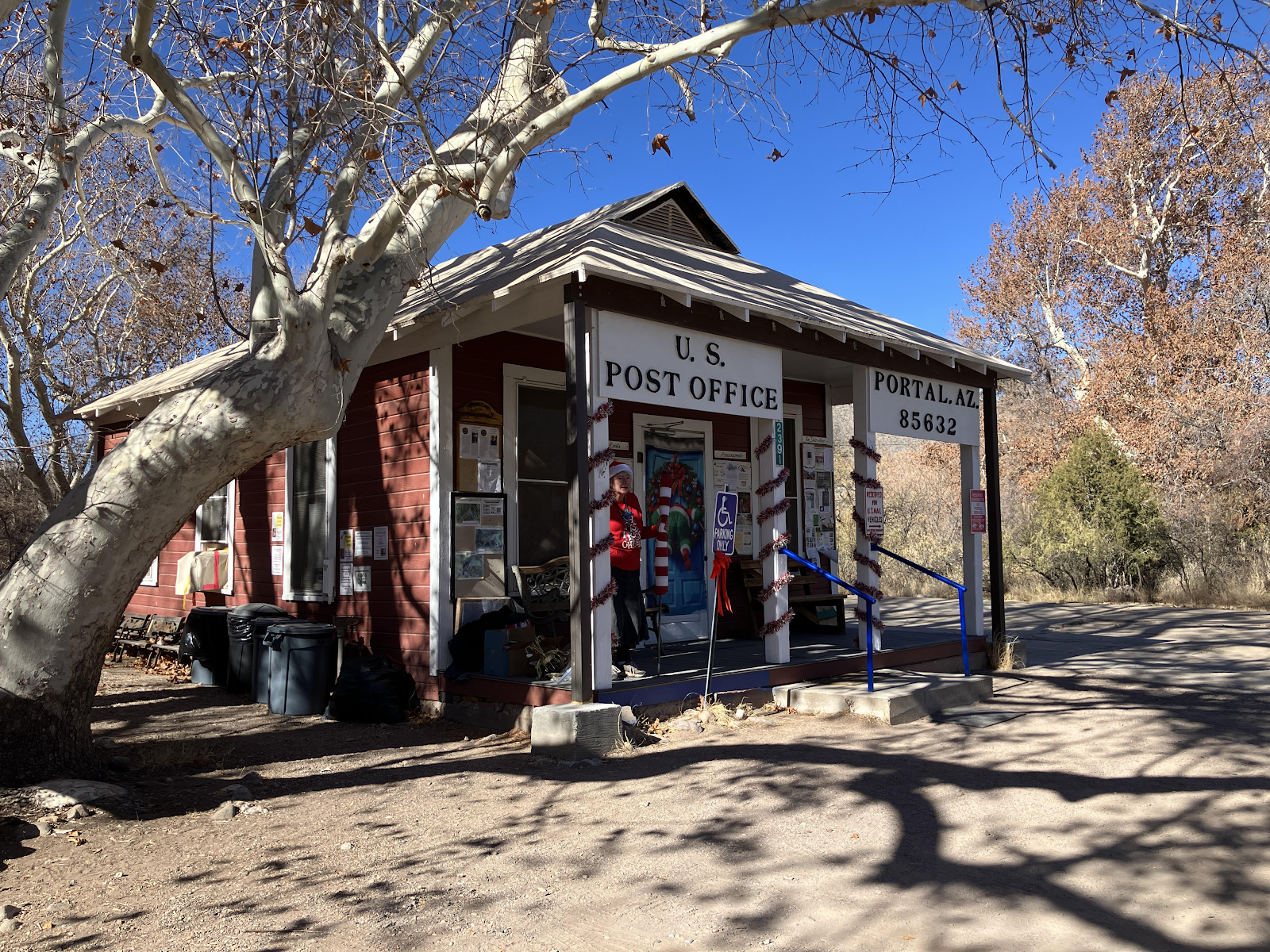The Other Badlands 5.23.21
As a young man, Theodore Roosevelt came to love the cowboy
life in the West. He especially loved
the area now known as Theodore Roosevelt National Park and ran two cattle
ranches there. Though the ranches
eventually failed, he kept his connection to this area in eastern North Dakota,
sometimes known as the Other Badlands, and returned there often later in life. TR loved the beauty and ruggedness, but it was
also a comfort – he went there after his wife and his mother both died on the
same day in 1884.
The Other (North Dakota) Badlands are similar in some
respects to the South Dakota Badlands.
Both parks have fantastically shaped sandstone formations with colorful
sedimentary layers, large expanses of grassland, and wildlife. There are also some differences. The formations in the North Dakota Badlands
are less pointed and seem sometimes to have a cap on top. The entire area is more like a plateau with
the huge Little Missouri River valley below.
Besides red and white rocks, this area has gray clay patches, and a
black vein of coal runs through it in places.
We saw wildlife while driving through the Badlands, but in
North Dakota, there was more.
Deer, of
course, and there is a small herd of longhorn steers which we looked for but
could not see.
There are also many more bison.
As in the South Dakota badlands, they have
the run of the park and one evening we nearly ran into a herd of about 20
animals grazing by the side of the road and walking onto the road -
males, females, and awkward calves being
nudged along by protective adults.
There
is nothing to do but stop and wait because the bison ignore cars – which is
what we want them to do – and go where they please.
The bison in the Other Badlands seem to be of
a different strain, with slightly lighter-brown coats.
Like the South Dakota bison, they are
currently shaggy and unkempt-looking, shedding their longer winter coats.
Sometimes a large male will stand crosswise
on the road at the end of the line, guarding the herd as it passes.
I remember seeing bison do this in the Yukon,
too.
We were just breathing more easily after this encounter when
we came upon another, even larger herd around a bend.
These animals were walking on both sides of
the road as well as on the road.
One
large animal passed right by the side of our car and we could hear it making a
huffing noise, sounding disapproving, which I think was not directed at us but
at a calf on the other side of the road, which was a little behind the herd.
There is something at once scary and magical about a close encounter with these
big, ancient animals.
They seem to know
that we must make way for them and they wait for us to do so, barely tolerating
our presence. The park is full of signs warning not to approach bison, because
they can be aggressive and very fast (sprinting three times as fast as a human
can run), and we paid attention to that advice.
When we passed by the herds, we released our breath, which we had been
holding tightly without being aware of it.
TR National Park is another area that can be explored quite
well by car, which was good because the weather on the second day we were there
was cold, windy and drizzly (from hot and sunny the previous day). I had to admire some determined hikers who
ventured out onto the trails, but there were not many. In fact, the farther into the park we went,
the more we had the place to ourselves.
Besides peaks and valleys, one area in the North Unit of the
park had formations called “cannonballs” – concretions (made of water and
minerals) that appear on the sides of sandstone cliffs as they erode. Some of
these are almost perfect spheres, around two feet across, round and smooth, and
seem to have tumbled down the hillsides like a giant’s toys. It is not yet known how they come to be so
perfectly round. We could see evidence of the previous night’s rain. When I
touched the side of one cliff formation, it felt just like it looked, easy to
dent with a finger, like a well-made beach sand castle. It’s amazing that such apparently fragile
formations have been there for so long.
If pressed for a comparison, I would have to say that
Theodore Roosevelt National Park is somewhat less spectacular than the
Badlands, but only slightly, and that both areas have their own unique character.






Comments
Post a Comment